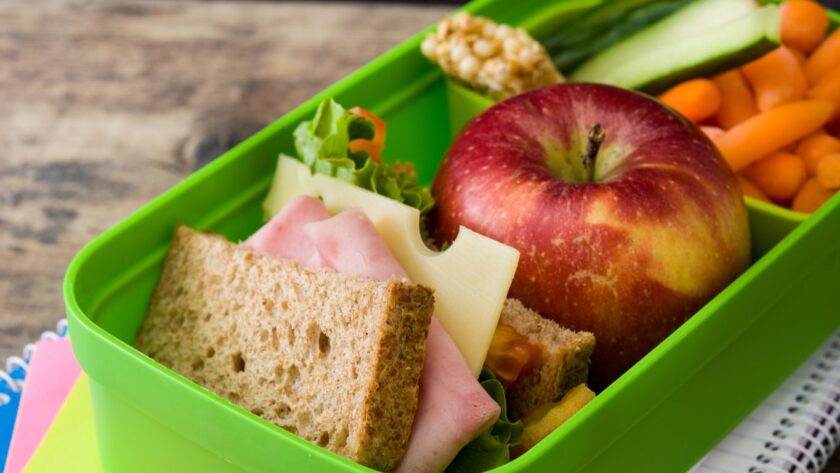Sometimes it seems to young parents that their baby is developing at the speed of light. And there comes a point when one starts to be interested in solid food and that’s when the diet changes completely. Parents have to pay special attention to this moment as food their baby consumes directly affects one’s growth, development, and well-being. Choosing the wrong time for introducing solids or the wrong foods to serve may harm a baby. So, read the following information in order not to mess it up.
When the tipping point comes?
Babies have to be unquestionably breastfed or formula-fed during their first months of living. Milk gives all the necessary nutrients that are needed for timely development. But there is a breakpoint when parents can start to introduce solids gradually to their child’s diet. Most experts claim that it’s best to wait until your baby is around six months old. That’s the age when a little one gets physically ready to chew and swallow soft food and it wouldn’t do any harm. But age isn’t the only thing that shows your baby’s readiness to take “adult food”.
What are other signs that your baby is ready for solids?
- your baby is able to sit
It’s crucial for a baby to sit upright before starting to consume solids. Children need to stay vertical so they can swallow well and avoid choking. It’s impossible if they are slumped forwards or sideways. They should be able to control the food inside their mouth so it doesn’t slip toward their airway. So, parents have to be careful with that and offer even strained baby foods while the baby can sit up.
- the tongue thrust reflex has disappeared
This reflex can be still dangerous if your baby tries solids. This movement may push food out of the mouth, but it gradually disappears between 4-6 months. You can take a quick test and check if your little one is ready for real food. Place a bit of baby food, for example, clean baby oatmeal mixed with breast milk or formula into your child’s mouth with a spoon and observe the reaction. If the food comes right back out several times, the reflex is still active, so you need to wait more time.
- your baby is able to open one’s mouth wide
When you introduce solids to your baby, you need to be sure he or she can be fed with a teaspoon. If a parent can notice that the baby opens its mouth wide, he or she is ready to take solids and, moreover, it can be a sign that the child is hungry.
- your baby shows an interest in table foods
Parents become the greatest example for a child. And this applies to nutrition as well, since a baby tries to copy the eating habits of their parents as he or she gets older. Therefore, when the moment comes that the baby begins to reach for the food at the table, which is actually intended for the parents, it can be a sign that the child wants to taste “adult food».
The most important goal of parents is to explore and understand what their little one wants. There is no specific norm of the day or month when the baby should taste his first piece of solid food. So, pay attention to the above-mentioned signs and consult a doctor, if you’re not sure.



